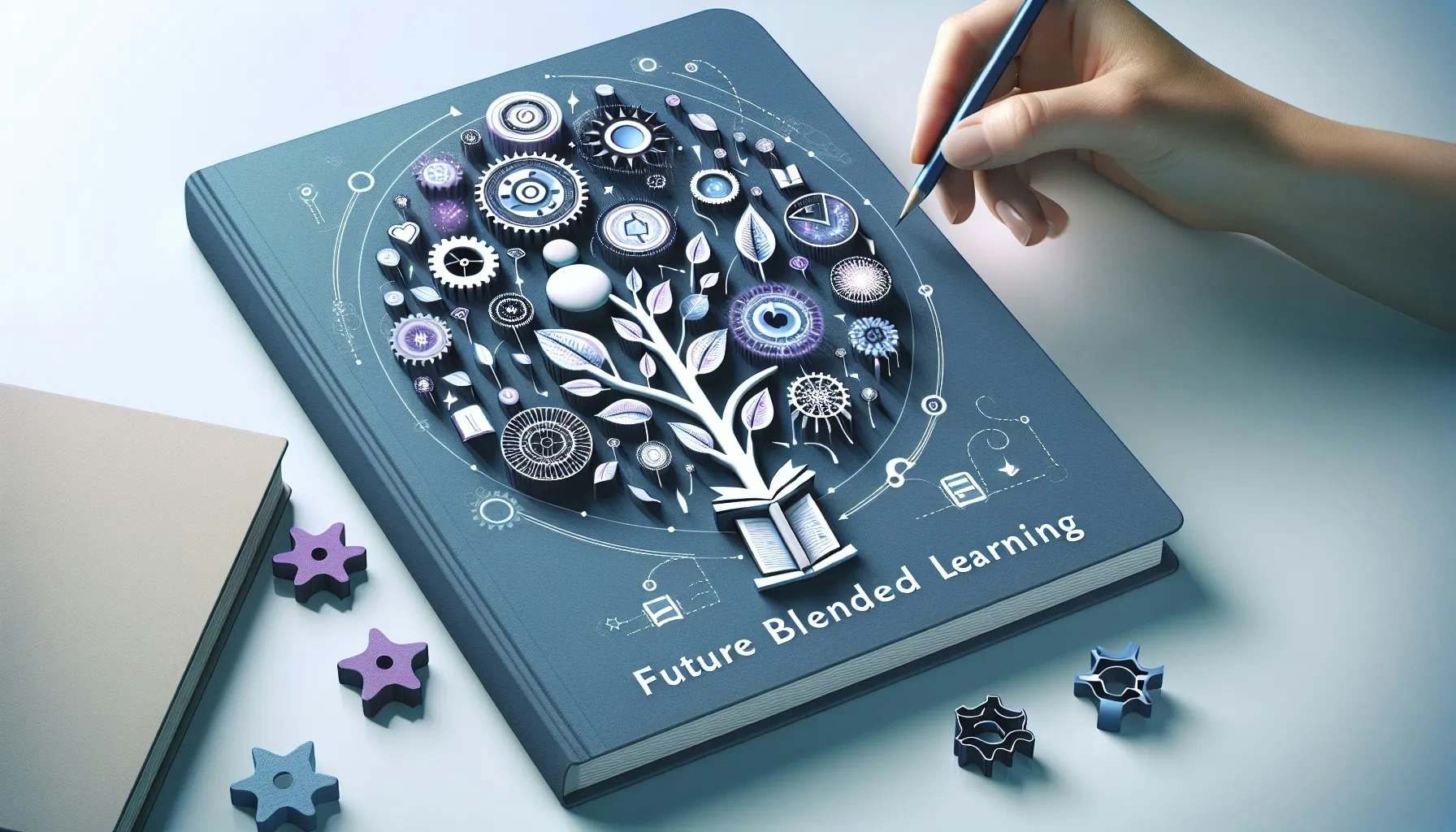Welcome to a journey into the future of education. We will be exploring the evolving landscape of blended learning methods. As technology advances and the needs of learners change, so too must our approach to education. This blog post will delve into the potential future of blended learning methods, examining how they might evolve and what this could mean for educators and learners alike.
The Current State of Blended Learning
Blended learning, a combination of traditional face-to-face teaching methods and digital learning, has been gaining traction in recent years. This approach allows for a more personalized learning experience, catering to the unique needs and learning styles of each student.
Technology plays a crucial role in this educational model. With the advent of learning management systems, educational apps, and online resources, teachers can now provide a more engaging and interactive learning experience. Students, on the other hand, can learn at their own pace, revisit materials as needed, and access resources anytime, anywhere.
However, the implementation of blended learning is not without its challenges. Issues such as digital divide, teacher training, and the development of effective blended learning models are still prevalent. Despite these challenges, the potential benefits of blended learning make it a promising approach for the future of education.
Anticipated Developments in Blended Learning
As we look towards the future, several developments could significantly impact the trajectory of blended learning. Artificial Intelligence (AI) is one such development. AI has the potential to revolutionize blended learning by providing personalized learning experiences, predictive analytics, and automated administrative tasks.
Another anticipated development is the rise of immersive technologies such as Virtual Reality (VR) and Augmented Reality (AR). These technologies can provide immersive, experiential learning experiences that can enhance student engagement and understanding.
Furthermore, as the digital divide narrows and access to technology becomes more widespread, blended learning could become more accessible to students worldwide. This could lead to a more equitable and inclusive education system.
The Role of Teachers in the Future of Blended Learning
As blended learning evolves, so too will the role of teachers. In the future, teachers may transition from being the primary source of knowledge to becoming facilitators of learning. They will guide students through their learning journey, provide support, and foster a conducive learning environment.
Moreover, teachers will need to become adept at using technology and integrating it into their teaching methods. They will also need to be skilled at data analysis to understand their students' learning patterns and adapt their teaching strategies accordingly.
Despite these changes, the importance of teachers will not diminish. Instead, their role will become even more critical as they navigate the complexities of blended learning and ensure that all students have the opportunity to succeed.
The Impact on Students and Learning Outcomes
The future of blended learning holds promising implications for students and learning outcomes. With personalized learning, students can learn at their own pace and in their own style, leading to improved understanding and retention.
Moreover, the use of technology can make learning more engaging and interactive, which can increase student motivation and participation. The flexibility of blended learning also allows students to balance their learning with other responsibilities, reducing stress and promoting a healthier learning environment.
However, it's important to note that the success of blended learning depends on its effective implementation. Therefore, continuous research, evaluation, and improvement of blended learning methods are crucial.
Challenges and Potential Solutions
Despite its potential, the future of blended learning is not without challenges. These include the digital divide, teacher training, and the development of effective blended learning models.
Addressing these challenges requires concerted efforts from all stakeholders. Governments, educational institutions, and technology companies need to work together to ensure that all students have access to the necessary technology. Teacher training programs need to incorporate digital literacy and blended learning strategies. And researchers need to continue exploring and developing effective blended learning models.
The Future is Now
The future of blended learning is not a distant reality, but a present evolution. Changes are happening now, and they are happening fast. As we navigate this exciting landscape, it's crucial to keep our focus on the ultimate goal: enhancing the learning experience and outcomes for all students.
This means continuously evaluating and improving our methods, embracing innovation, and being open to change. It also means ensuring that all students, regardless of their circumstances, have the opportunity to benefit from these advancements.
Embracing the Future of Blended Learning Methods
As we look towards the future of blended learning methods, it's clear that we are on the cusp of an exciting era in education. With advancements in technology and evolving teaching methods, we have the opportunity to create a more personalized, engaging, and inclusive learning experience. However, to realize this potential, we must be willing to embrace change, face challenges head-on, and always strive for improvement. The future of blended learning is here, and it's time to embrace it.

